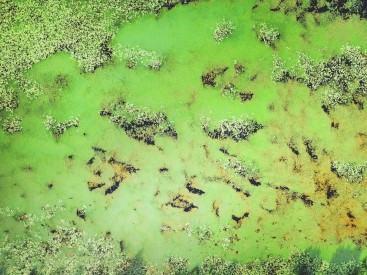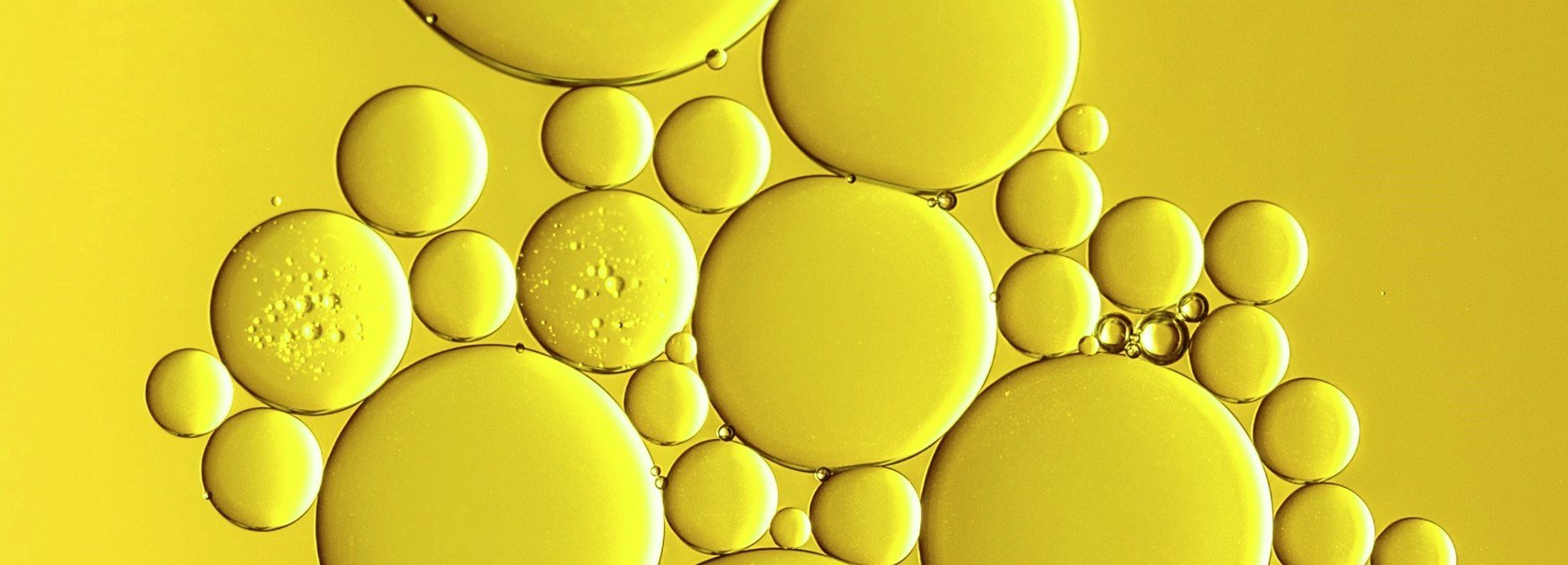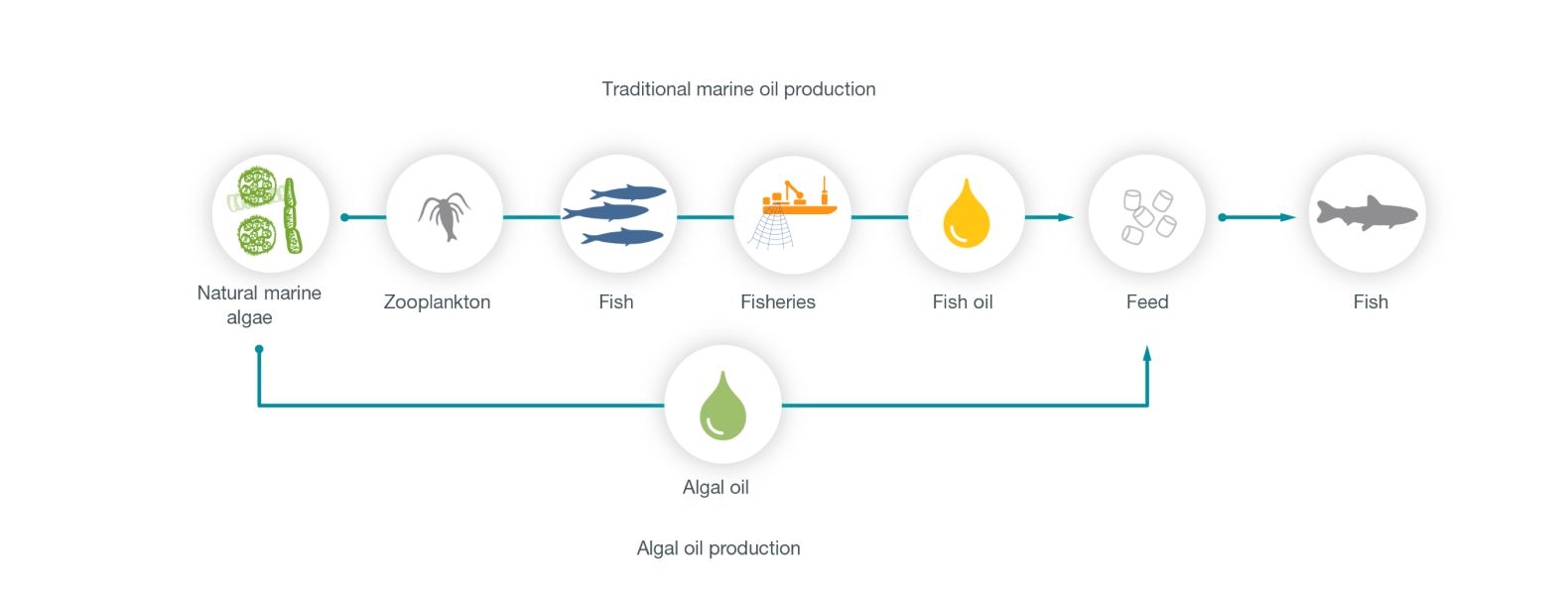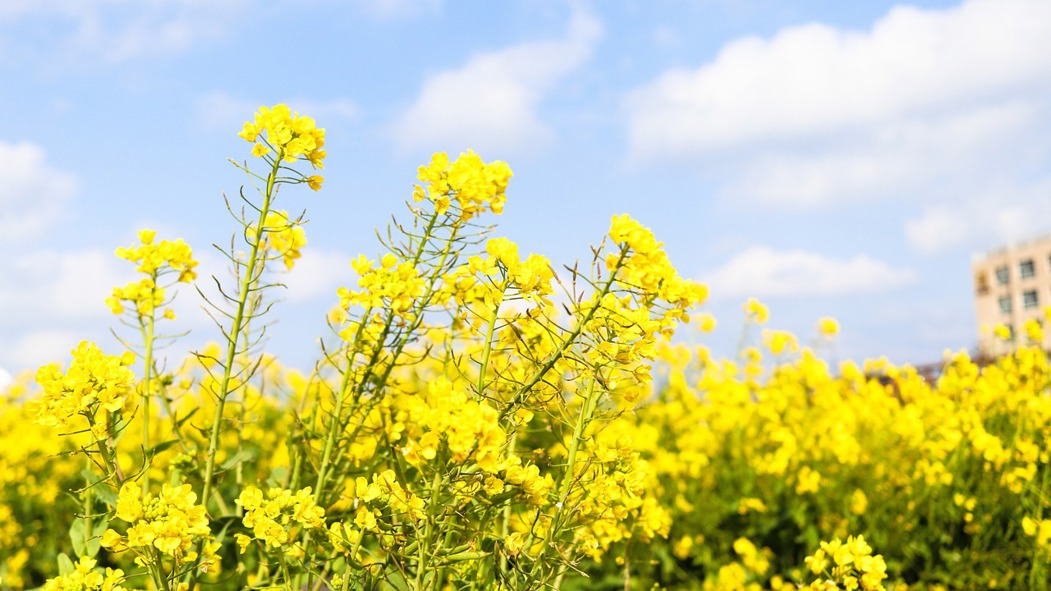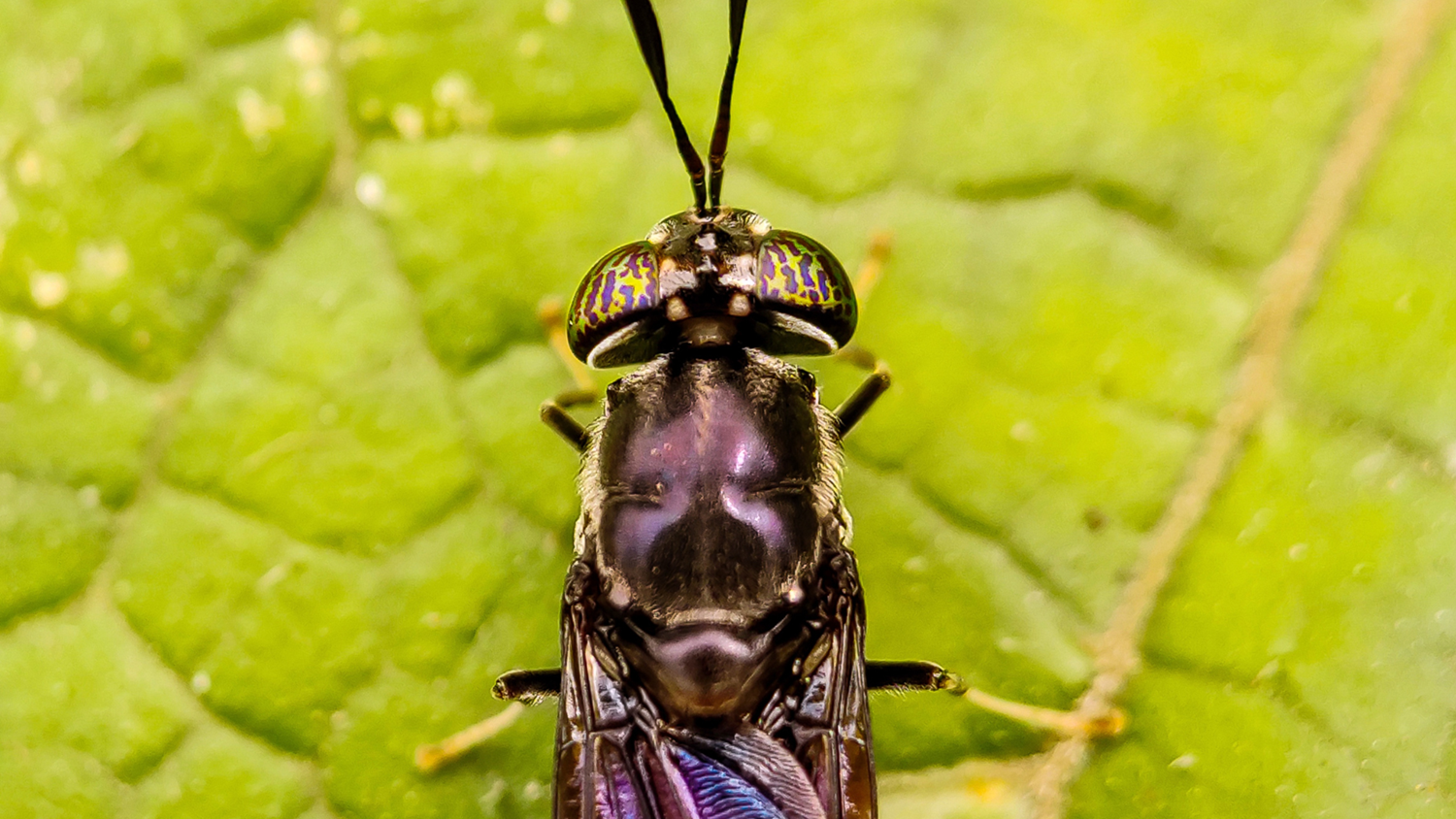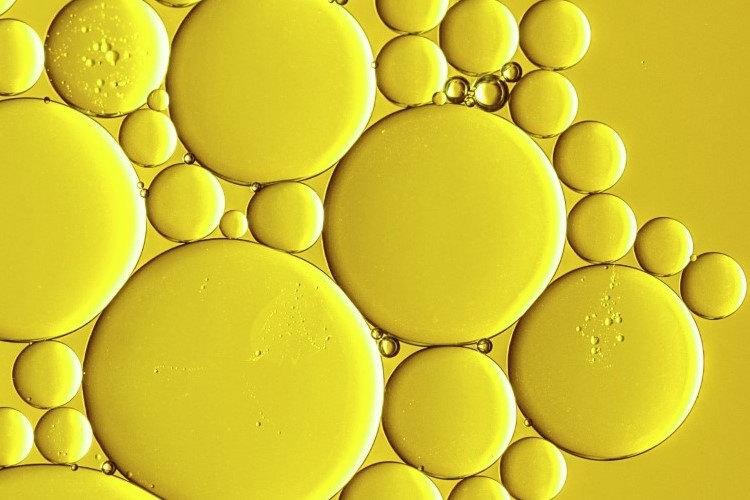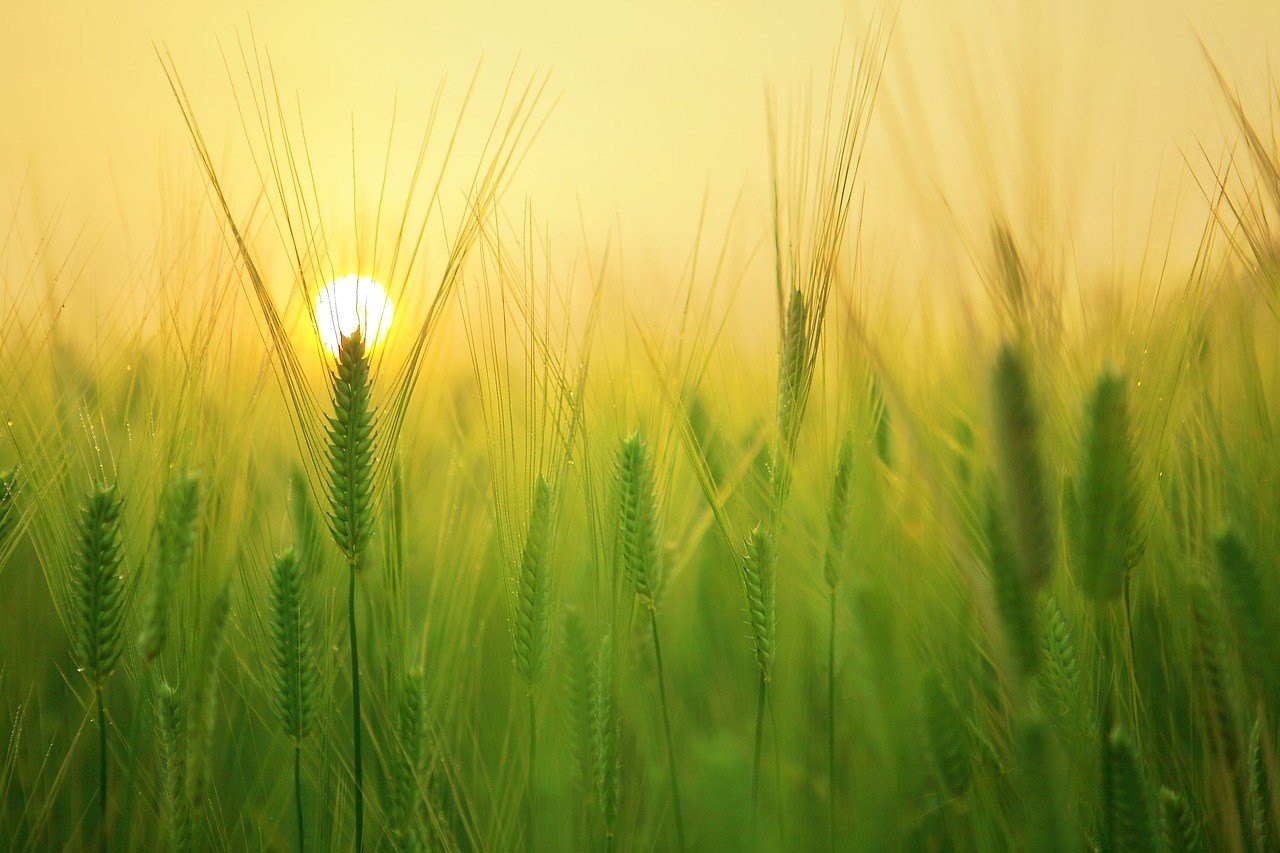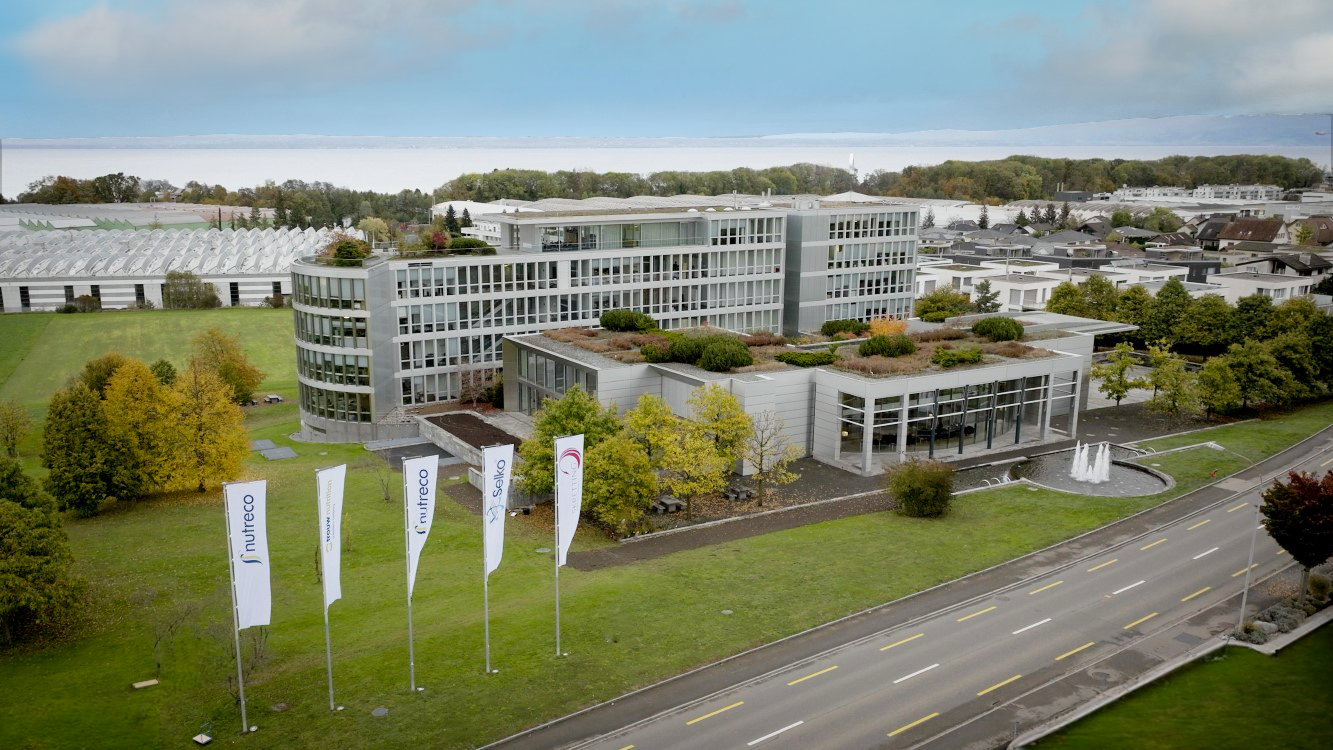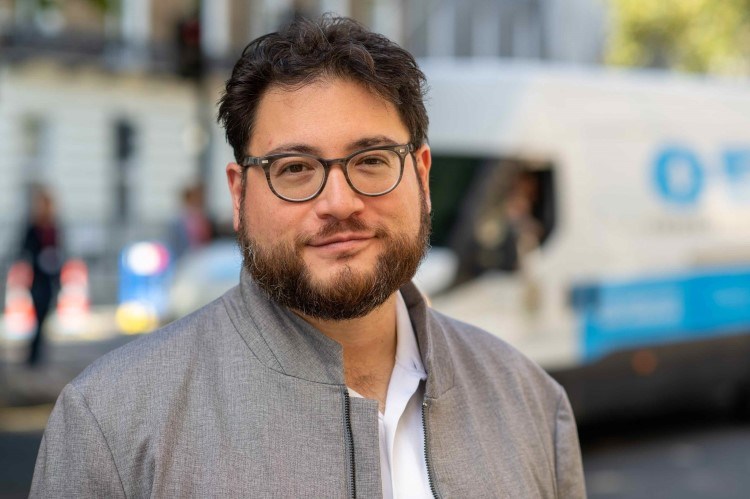Skretting is the only commercial feed company able to fully-replace marine ingredients. Research by Skretting Aquaculture Research Centre focuses on gaining a deep understanding of ingredients, their nutritional properties and their interactions within the fish. Through this understanding and formulation technology, feed ingredients have become interchangeable and infinitely flexible, enabling farmers to produce more fish from less resources – essentially this means maximum nutrition with minimal impact.
Collaboration is essential
Along with other players in the value chain, Skretting is part of a multi-stakeholder movement. Veramaris CEO Kurmaly says, “The multi-stakeholder dialogue is transformational. All parties have realised that sustainable solutions are affordable, they help secure the supply of healthy seafood and they support our ambitions for aquaculture to truly lead in sustainability.”
“To feed the world in decades to come we will need to produce more protein using fewer natural resources – aquaculture alone must double production in the next 30 years,” says Jose Villalon, Nutreco Sustainability Director. “To achieve this, we need to reduce our dependence on natural resources that will be limited in availability as the industry grows, such as the fish oil we use in salmon feed. Finding alternative ingredients requires innovation – and we can only drive this through close collaboration and strategic partnerships across the value chain.”
Sissel Susort, Skretting Global Product Manager agrees that the multi-stakeholder approach has a lot of potential and can help Skretting introduce or help scale up much needed oil, and protein, ingredient sources for the aquaculture industry. “This is necessary as we work to increase protein production and feed the growing global population – and it is important to be at the forefront rather than wait until a crisis is upon us. Collaboration and innovation are essential to help us fulfil our mission of Feeding the Future.”
